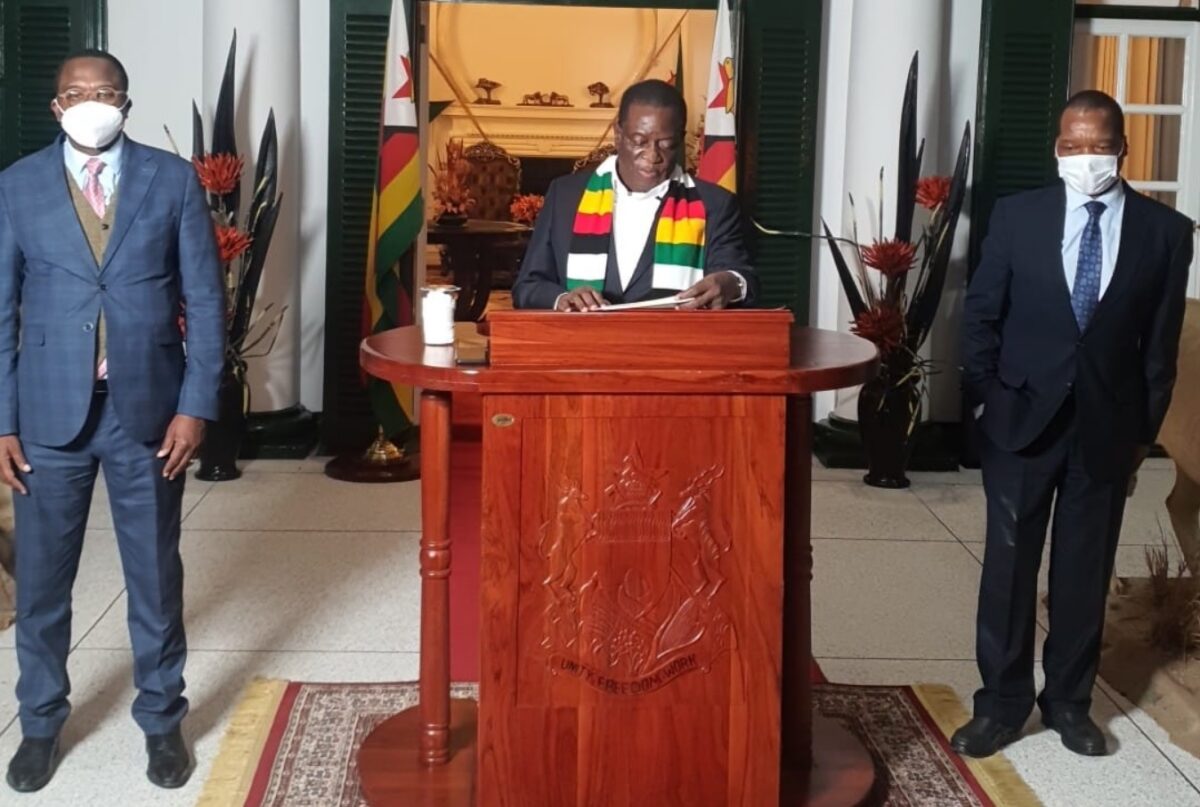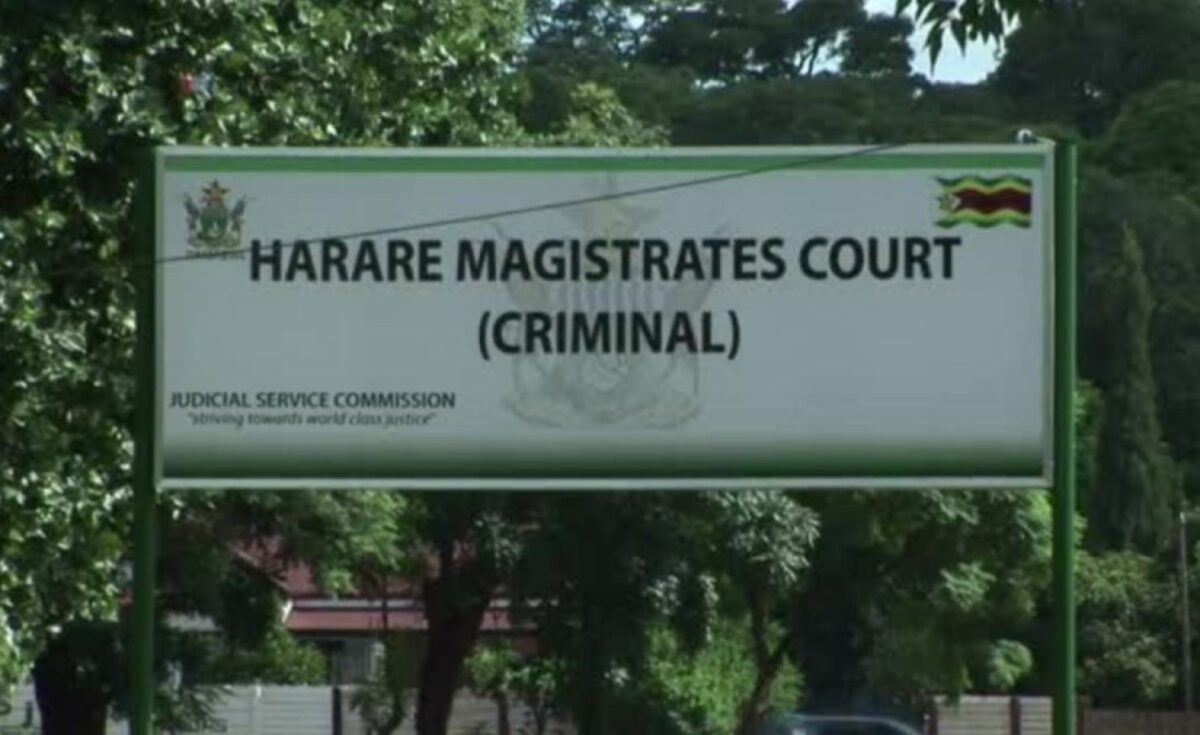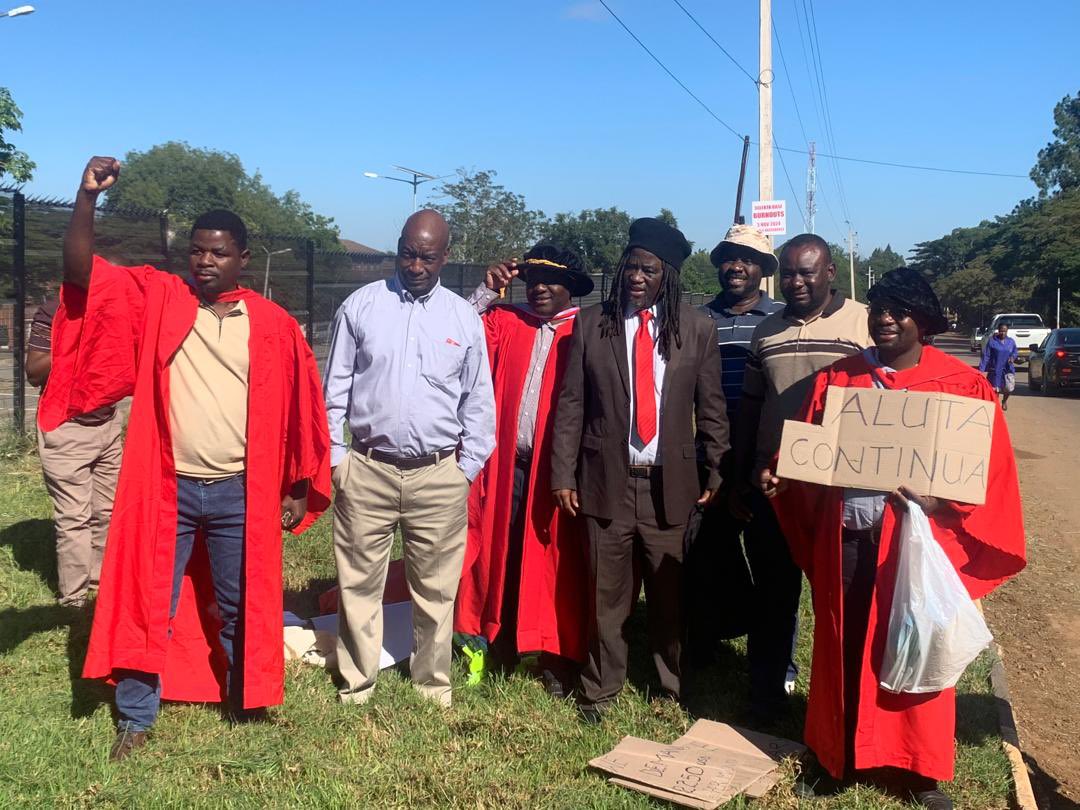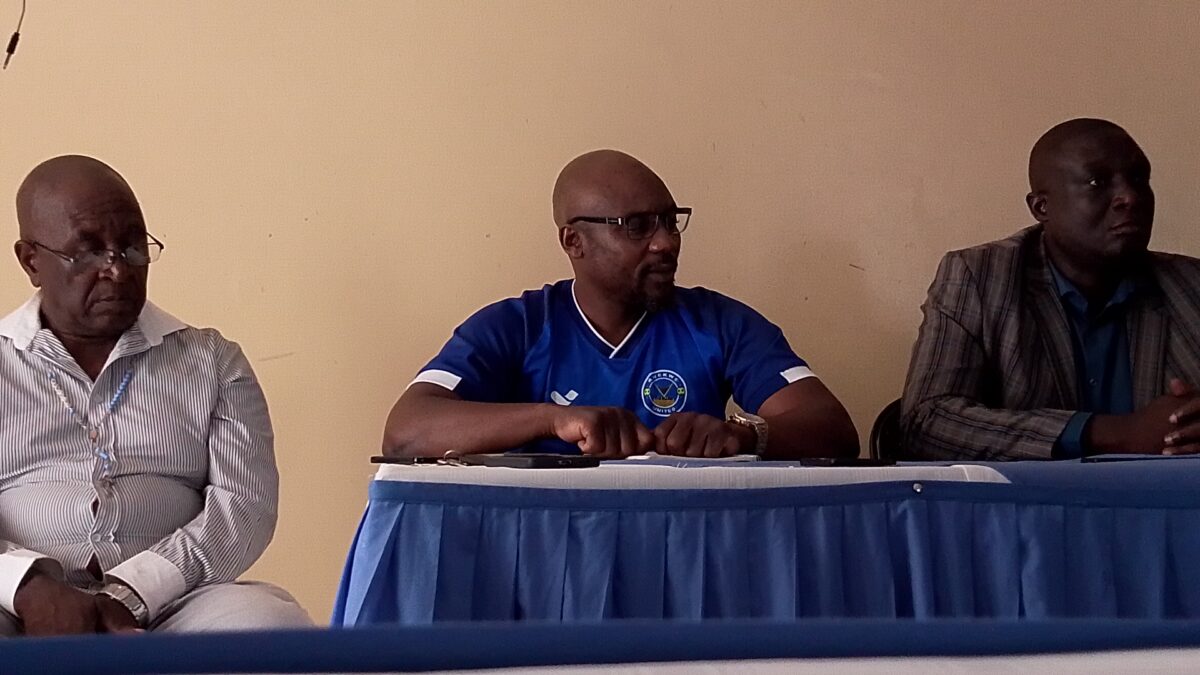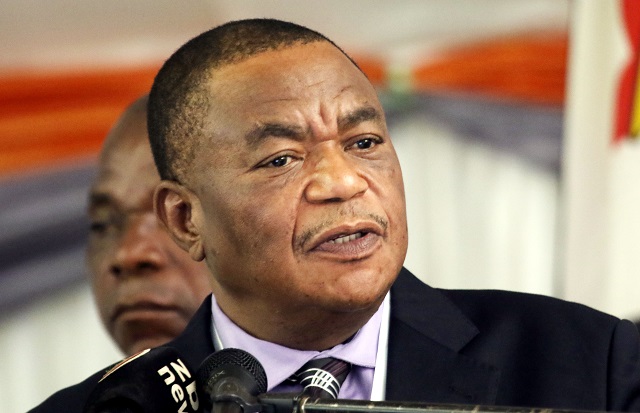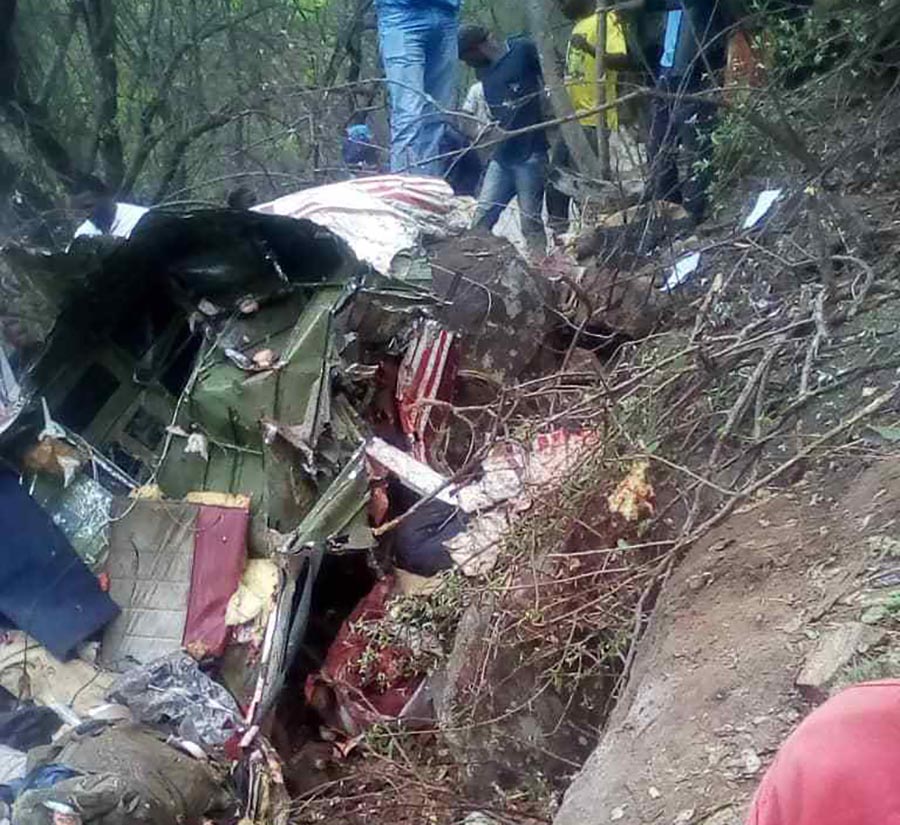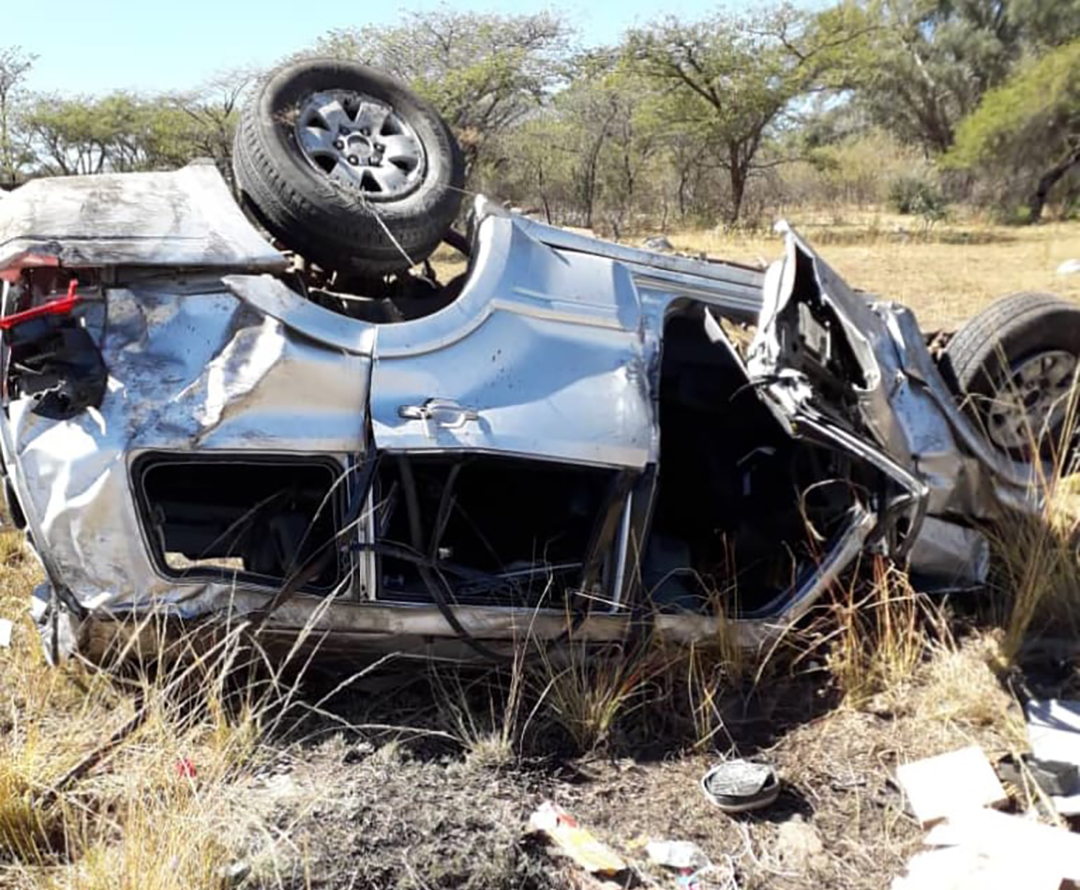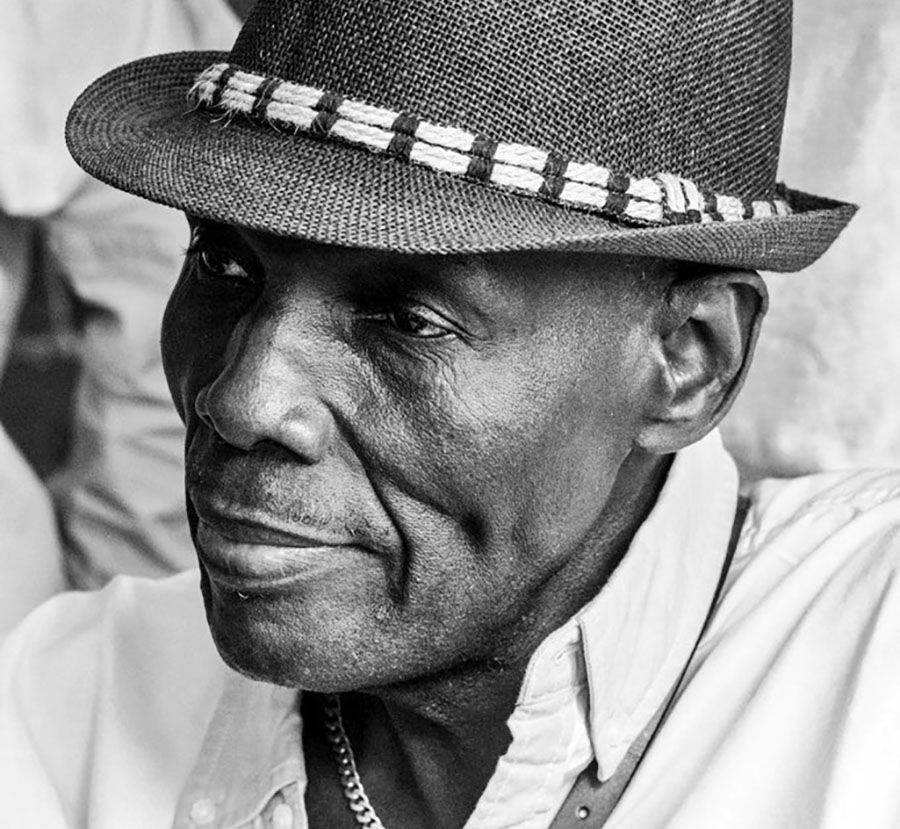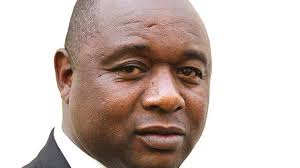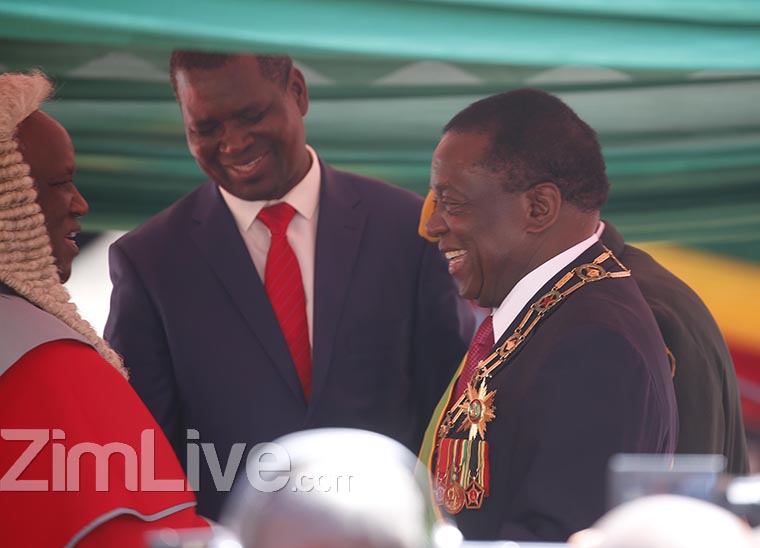On May 7, Zimbabwe’s government came up with new measures to stabilise and bring confidence to the economy. It identified the fast-depreciating currency as the source of the recent increase in inflation, which was 15.5 percent month-on-month.
Do the new policies measure up?
The most far-reaching new measure is the government stopping financial services lending. This is unprecedented and introduces a new systemic risk to Zimbabwe. It adds to the uncertainty already prevailing in the market. If anything, it achieved the shock and awe it intended.
In December 2013, under the multicurrency regime, total bank credit, that is loans extended by the financial sector to both private and public, was US$4 billion.
A Reserve Bank of Zimbabwe report in February 2022 stated that bank credit was Z$374 billion. At the parallel market rate that’s US$1.5 billion. Today it’s less than US$1 billion, growing less than the inflation rate. The total loan and advances are significantly less than they were in 2013, notwithstanding a bigger economy in 2022.
The soundness of the financial sector has been lauded by both the Monetary Policy Committee (MPC), the RBZ and ministry of finance. In fact, central bank governor John Mangudya called it “safe and sound”. Mthuli Ncube, the finance minister, continually decries the conservative and vanilla-type of banking in Zimbabwe.
The RBZ banned Bitcoin trading and any lending against ZSE script is prohibited. Most lending is against property. The entire loans and advances have been productive lending and mostly agriculture.
The dull, vanilla types in banking had liquidity ratio of 64 percent against the minimum required of 30 percent. Loan to deposit ratio was 48 percent against a benchmark of 70 percent, meaning banks were lending far below what their capital could potentially permit.
Non-performing loans were less than 1 percent against an international benchmark of 5 percent. Loans and advances were 27 percent of banks’ total assets, against a 70 percent benchmark.
I highlight these facts and data to show that President Emmerson Mnangagwa’s speech and measures are incongruent with reality. I am cognizant Mnangagwa himself didn’t present any facts and figures to support the lending ban.
Why would the president ban lending in the middle of winter crop preparations when most farmers are drawing down their facilities? When the war in Ukraine will result in higher wheat and food prices?
It is clear the bank lending ban has nothing to do with economics but political rhetoric. Worse, a powerful cabal that is economically illiterate is exercising its reach beyond what is legally permissible.
A month ago, Standard Chartered Bank – after 130 years in the country – called it quits. Mnangagwa couldn’t have chosen a worse time and occasion to play politics. To what end? Zimbabwe will bear the brunt of this systemic risk beyond the lifetime of the current politicians.
Traditionally, Zimbabwe’s currency depreciation happens in the last quarter of the year and not the beginning. Admittedly, the fast depreciation from 210 to 400 (48 percent) in four months was unprecedented.
The president argued that Zimbabwe generated US$9.7 billion in 2021 – a 53.5 percent increase in foreign currency receipts. Let’s interrogate. The government numbers contain a US$660 million “error and omission” which the RBZ said it would investigate but thus far has not explained.
Actual exports are US$6.2 billion against imports of US$7.2 billion. There is a terms of trade deficit of US$1 billion. Bear in mind our imports are predefined and narrowed to priority list as defined by the RBZ. Meaning actual imports are more than US$7.2 billion.
Diaspora remittances of US$1.4 billion feed the informal sector where the National Mattress Bank is estimated to hold US$2 billion. NGO aid of US$1 billion is mostly in the form of goods (medicines etc) and not cash. All this points to a deficit, despite the forex receipts.
Zambia in 2020 had serious problems yet it exported US$7.8 billion, close to US$3 billion more than Zimbabwe. Yet Zambia, without import restrictions, imported US$5.3 billion. A favourable positive terms of trade than Zimbabwe.
Zambia, despite its problems, accumulated US$3 billion in reserves. The president said Zimbabwe has US$1 billion in reserves. This is not true. Zimbabwe has US$5 billion negative reserves sitting on the RBZ balance sheet. IMF SDR’s have been budgeted with US$250 million set aside for contingencies.
It is clear Mnangagwa’s statement was devoid of facts and logic. He cannot justify the draconian measures based on any empirical evidence. The evidence is that money supply over the last three years has increased from Z$10 billion to Z$500 billion.
In three years, money supply has increased by 50 times. The pass-through effects of this loose monetary policy have been curtailed and limited through 40 percent expropriation of export receipts. In other words, currency depreciation has been relatively mild compared to printed money.
To put it succinctly, the chickens are coming home to roost. Instead of accepting the consequences of subsidising importers up to 50 percent while printing money, the government decided to find a bogey man. Reminiscent of the Gideon Gono and Robert Mugabe years of blaming even the innocent.
While Zimbabweans will innovate and find ways around the policy shift, the damage will reverberate for decades because every analyst – political and economic – has now adjusted the systemic risk for Zimbabwe. Zimbabwe has just become riskier as if it wasn’t risky enough.
What is true is that this has occurred for 42 years now. Zimbabwe remains deathly uncertain and volatile with low returns. In the first decade of independence inflation averaged 13 percent. This is when the printing was benign. It shouldn’t surprise us that it got worse and will get worse.
The new policies as announced by Mnangagwa are dangerous and make Zimbabwe an unfavourable place for investment. Zimbabwe remains closed for business.
Tinashe Murapata, also known as Baba Nyenyedzi, is an economic analyst. Follow him on Twitter: @baba_nyenyedzi

